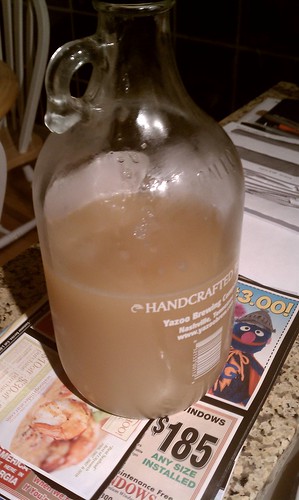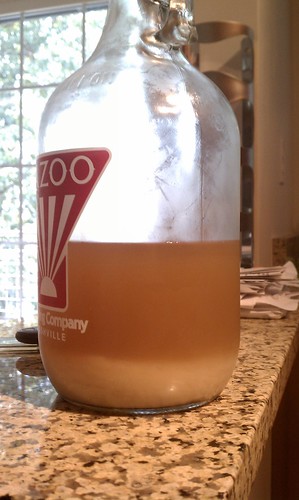Boleslaus
Well-Known Member

Like I said...its a strange tan color. I expected more of a pale golden orange. It is BM weizen recipe but brewed with a double decoction. It's my first weizen and my first real decoction.
At first I thought it was just a TON of yeast in suspension, but this is after a week in the kegerator and two other growlers full poured. It tastes like I expected it too and doesn't feel thick like it would if it was slurry. I figured if there was an excess of yeast in the keg it would have settled and been cleared in that first .5-1 gal right?
Any thoughts about my process that could have resulted in an odd color?



